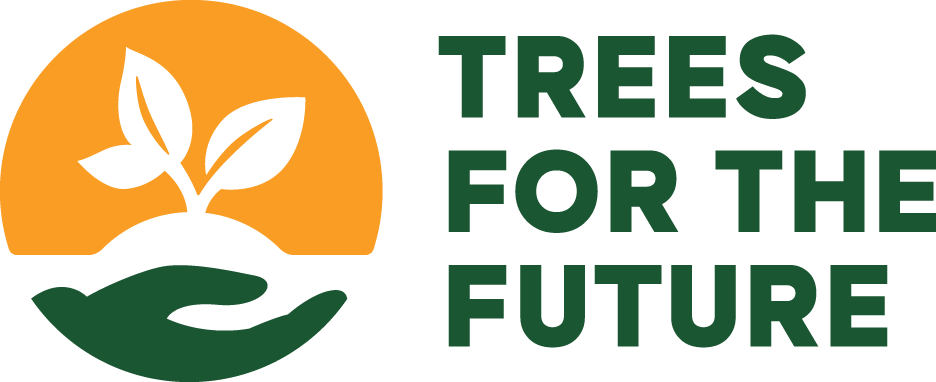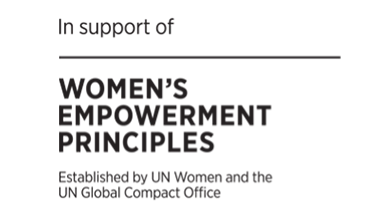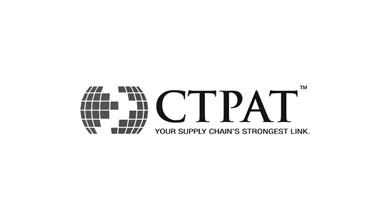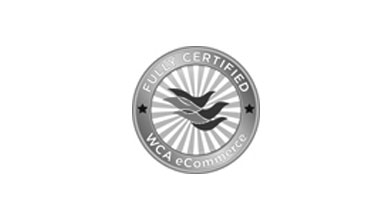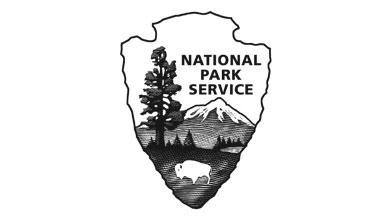the green tree initiative
LET’S TALK
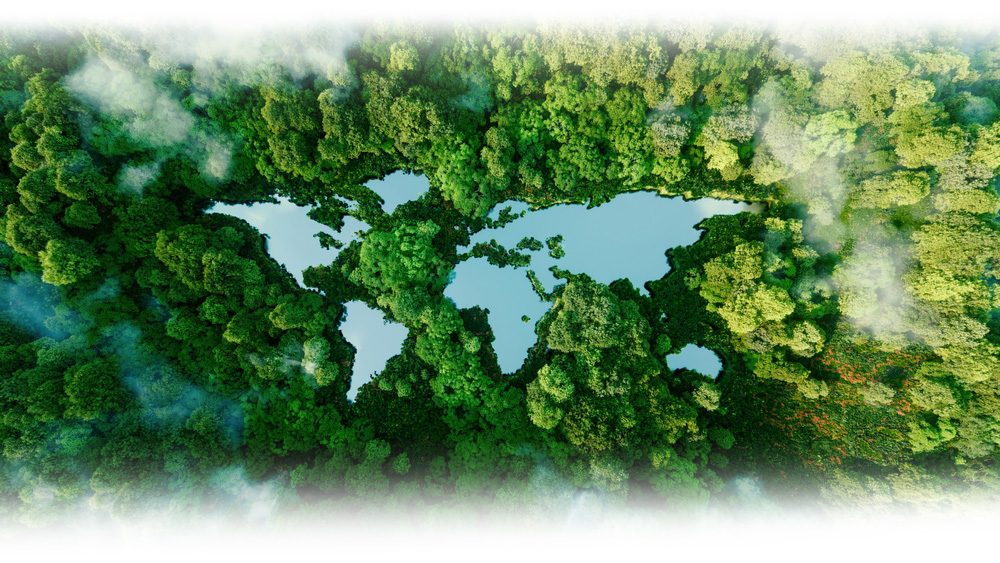
WE PLANT A TREE
Automatically, for each and every shipment, customer, and employee
in an effort to combat deforestation and promote sustainable development.
“We are very excited to be able to bring this program to our customers and international partners. As contributors to the global environment, it is our responsibility to incorporate sustainability into our operational practice. It is only through relentless and ongoing effort can we begin to make a difference.”
THOMAS JORGENSEN, PRESIDENT & CEO
WHY TREES?
Trees are habitat for biodiversity and create much of the planet’s oxygen. They help combat climate change and play a large role in agroforestry and in helping farming families improve their land quality and productivity.
Trees help to lessen the wind that might affect crops, cool off ground temperatures, and trap moisture and nutrients in the soil so that food crops grow better in the improved microclimate. Trees also provide fodder for animals, create living fences, and can be a source of sustainable fuelwood production.
on average, a forest garden offsets 144.64 metric tons of carbon dioxide per acre of land over 20 years.
WHAT IS AGROFORESTRY?
Agroforestry is a model that integrates trees into agriculture, landscapes and is particularly appropriate for resource-poor farmers in developing countries. In addition to providing fruits, berries, and nuts, trees provide environmental services that are essential for the world: they can improve the fertility of degraded soils (through nitrogen fixation), prevent wind and soil erosion (contributing to improved fertility), increase water penetration into underground aquifers, and contribute to improvements in the growing environment.
FOREST GARDEN ADVANTAGE
(VS. CONVENTIONAL AGRICULTURE)
Forest Gardens are also known as polyculture, permaculture, agroforestry, etc… and define a multi-layered, multi-purpose distribution of vegetables, bushes, and lots of trees designed to optimize productivity of a piece of land. It is a farming system that thinks vertically, not just horizontally.
Forest gardens stand in stark contrast to modern industrial agriculture which encourages farmers to plant one or few crops. Time and time again, these monocultures contribute to chemical-intensive, environmentally-destructive, and deadly consequences for biodiversity and long-term human prosperity.
WHAT TYPE OF TREES MAKE UP FOREST GARDENS?
MULTI-PURPOSE FAST-GROWING TREES
FRUIT & NUT TREES
SHRUBS, VINES & FRUITING PLANTS
TIMBER TREES
GARDEN & FIELD CROPS
Green Worldwide Shipping’s planting partner Trees for the Future (TREES) is an international development 501(c)(3) non-profit organization that meets a triple bottom line standard. Through their Forest Garden Approach, Trees for the Future trains farmers to plant and manage Forest Gardens that sustainably feed families, raise incomes by 400 percent, and end deforestation. Since 1989, TREES has planted over 150 million trees. For more information, visit https://trees.org
